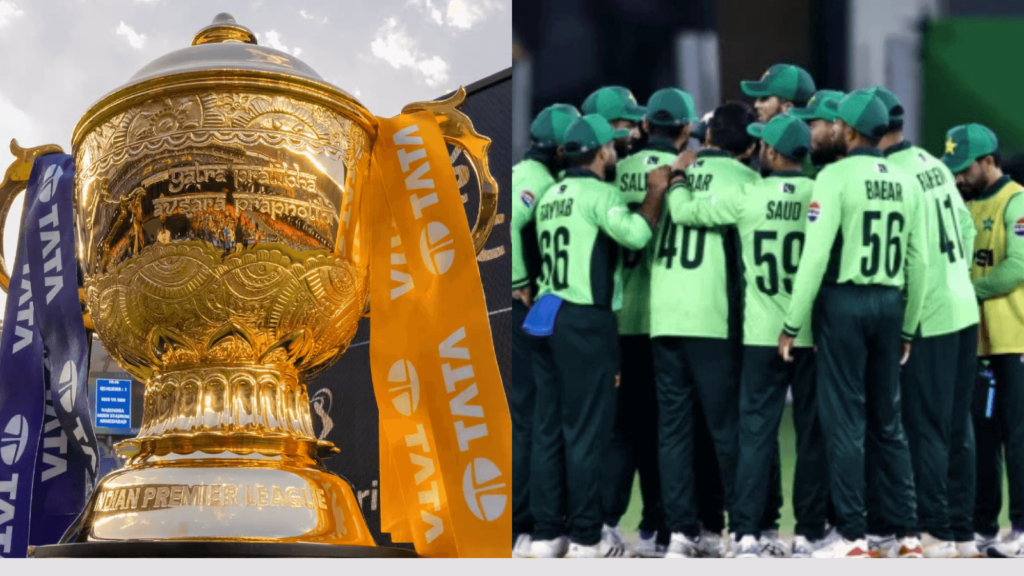“Is the IPL the Reason Behind Pakistan Cricket’s Struggles? Rashid Latif Thinks So”
Pakistan’s recent cricketing setbacks—like their flop performance in New Zealand and the uncertainty around the Champions Trophy—have left fans frustrated and experts pointing fingers.
One of the boldest claims has come from former Pakistan
captain Rashid Latif, who believes that the Indian Premier League (IPL) is indirectly to blame for Pakistan’s cricketing decline.

But how is a league that Pakistan doesn’t even play in causing such problems? Let’s break it down.
The IPL Ban and Its Lasting Impact
Pakistan’s cricketers have been barred from playing in the IPL since 2008, following the Mumbai terror attacks. While international relations and politics have kept this ban in place for over 17 years, Latif says it’s hurting Pakistan cricket in more ways than one.
Latif argues that the IPL offers a level of exposure and competition that simply can’t be matched by other T20 leagues. With players from Australia, England, South Africa, West Indies, and even Afghanistan taking part, the IPL is more than just a cricket tournament—it’s a global learning ground.
What Other Countries Are Gaining from IPL
“Just look at players from other countries,” Latif said in a recent interview. “From New Zealand to South Africa, they’re playing against world-class talent in the IPL—bowlers like Pat Cummins, Jofra Archer, Kagiso Rabada. You learn a lot from that kind of high-pressure environment, with top-class facilities and intense matches.”
According to him, the IPL is like the Real Madrid or Manchester United of cricket. When athletes play with and against the best, their skills naturally
mprove. This kind of opportunity helps prepare players for international cricket in a way domestic or smaller leagues often can’t.
IPL is Missed Opportunity for Pakistan
Pakistan’s only IPL appearance came in the inaugural season in 2008. Back then, top players like Shoaib Akhtar, Shahid Afridi, Mohammad Asif, and Younis Khan took part. Sohail Tanvir even won the Purple Cap for the highest wickets that season. But after that year, political tensions shut the door, and it’s stayed shut.
Latif believes this absence has put Pakistan far behind other teams, both in experience and exposure. Young players from rival nations are learning and growing by facing the best in the world regularly, while Pakistan’s young talent doesn’t get that same chance.
How IPL helped Afghanistan cricket team grow.
Latif also highlighted how a team like Afghanistan, once seen as underdogs, has risen rapidly—thanks in part to the IPL. Players like Rashid Khan, Noor Ahmad, Azmatullah Omarzai, and Fazalhaq Farooqi have not only impressed in the league but also carried their form to the international stage.
Even the BCCI lent a hand by offering a stadium in Greater Noida for Afghanistan to use as a temporary home ground. The result? Afghanistan has gone on to defeat teams like England (twice!) and South Africa, showing the world they’re no longer just a team of promise—they’re a team of results.
What Lies Ahead?
Whether you agree with Latif or not, one thing is clear: the IPL has become a massive platform for player development, and Pakistan’s exclusion is becoming harder to ignore. As other nations evolve through high-level exposure, Pakistan may need to find alternative ways to offer their players the same level of competition—or find a diplomatic path back to the IPL.
Until then, the gap may only continue to widen.